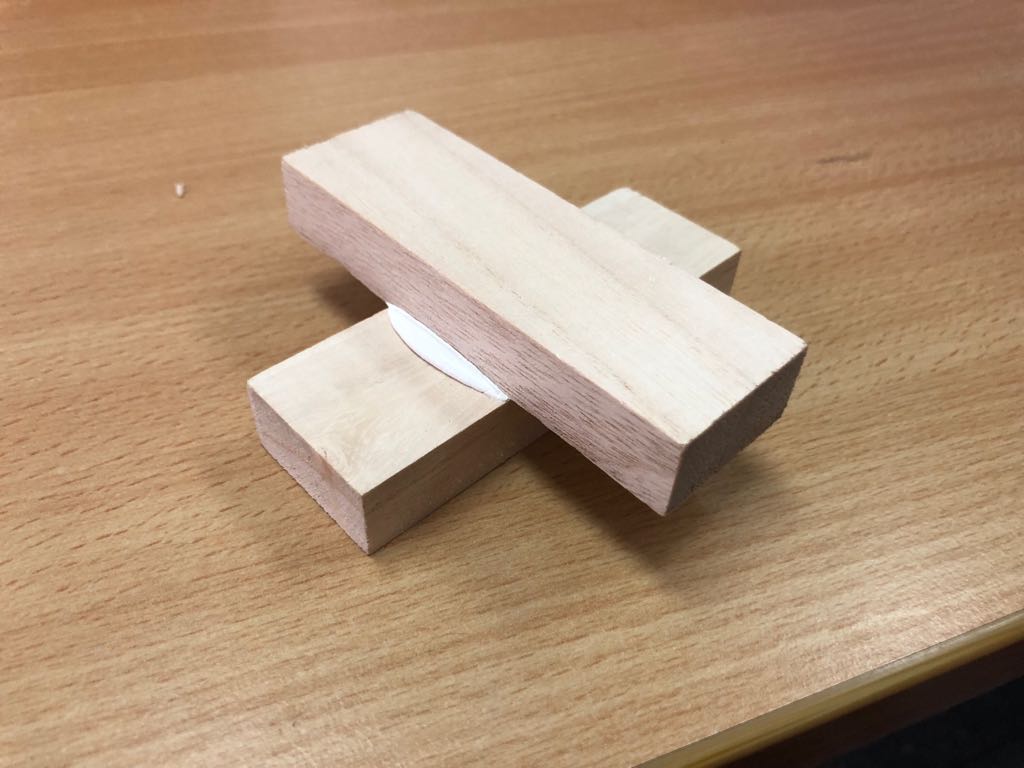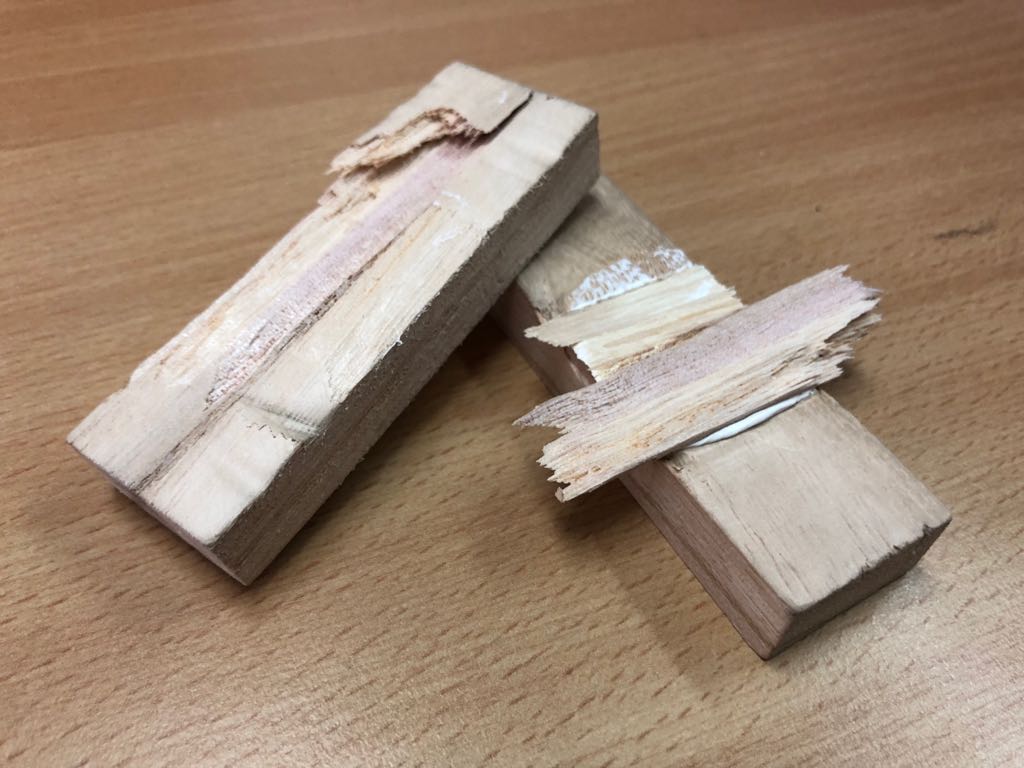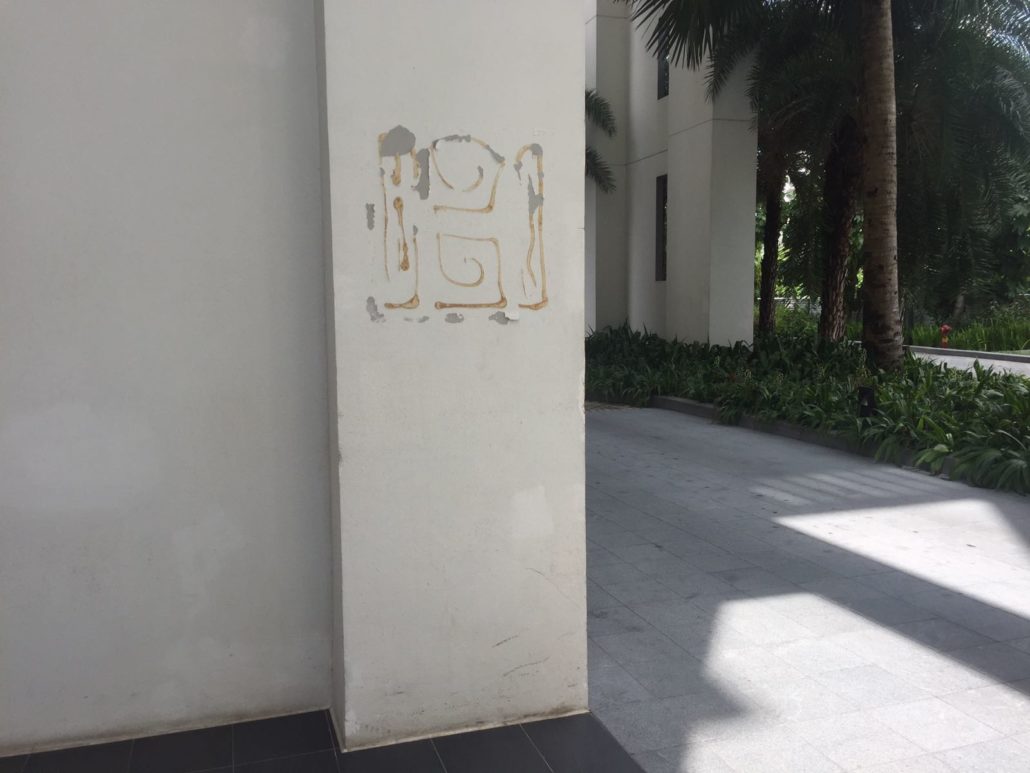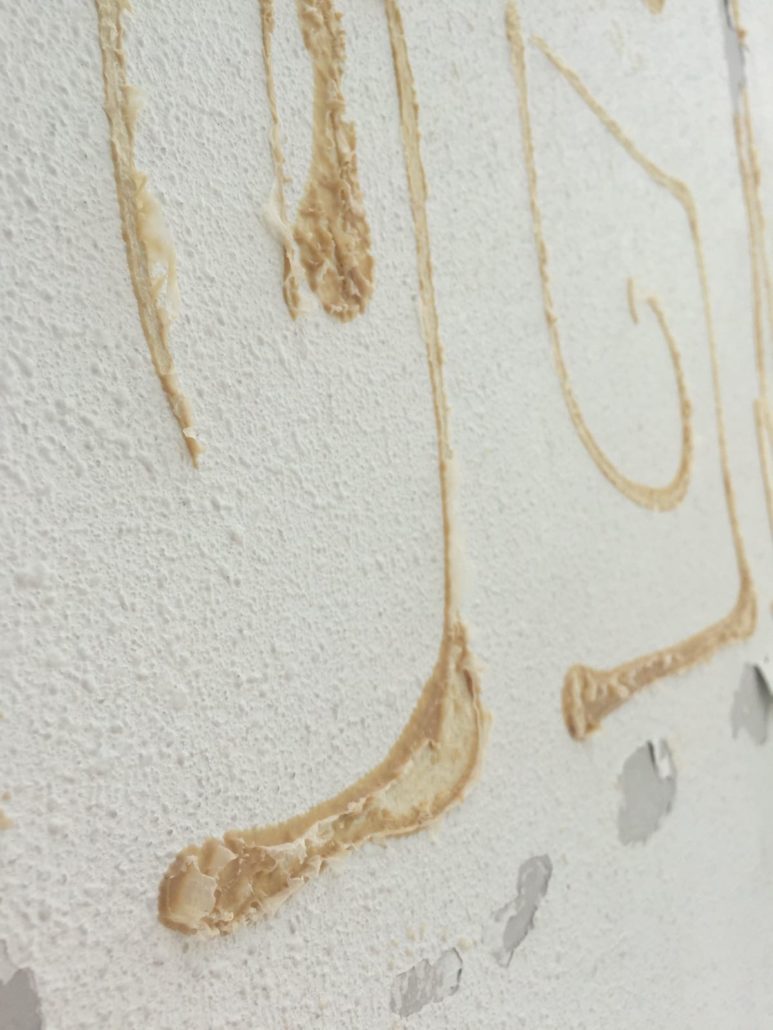Fix All Turbo – Stronger than wood
It has happened.
For years, we’ve been doing demonstrations of Fix All Turbo by using two pieces of wood. It’s simple – apply Fix All Turbo to a piece of wood, stick another piece of wood so it bonds together, press tight, and start the timer. You might have seen it in the official Turbo video here:
The end result looks like this.
20 minutes later, challenge anyone and everyone to break the pieces apart. There are plenty of places to grip, and enough space for two people to try to pull the pieces apart with all their strength. Just 20 minutes of bond time – and our Turbo adhesive bonds so strongly that so far, nobody has been able to pull it apart.
And then it changed. A new challenger was able to break it.
It looks like this.
This very strong man managed to, somehow, use some inhuman strength to break the pieces apart. We were shocked when it happened, as he gleefully handed us the broken pieces.
But take a closer look and you’ll see what exactly happened. The wood snapped. Fix All Turbo kept its bond.
Basically, when faced with tremendous pressure (or rather, tension), something’s got to give. But no, it’s not our adhesive. Wood breaks before Turbo does.
This is something we can differentiate with some technical terms: adhesive failure, cohesive failure, and structural failure.
Adhesive failure is when the bond between substrates is broken at the surface of the bond – between adhesive and substrate.
Cohesive failure is when the bond between substrates is broken within the adhesive (or sealant) itself.
Structural failure is when the substrate itself is broken.
In this case, we have a situation of structural failure, where somehow the adhesive and cohesive strength of the bonding agent was higher than the structural strength of the substrate – wood. Thus we can conclude that the strength of Fix All Turbo is higher than the strength of wood, which doesn’t really surprise us, actually.
Failure in adhesion
To show some contrast, this is an example of failure in adhesion by other products. Here’s an image of a solvent-based adhesive (not ours) used to stick a sign on a wall. Since the sign is no longer there, obviously there was some failure in its adhesion.
Take a closer look and you’ll see that in some parts, the paint was peeled off (the grey parts). This could be classified as adhesive failure of the paint on the wall – so not the adhesive’s fault.
However, you’ll see that there has been a lot of failure in the adhesive. To establish whether it was cohesive failure or adhesive failure, we will need to look at the dropped sign, which we do not have. However, one thing is for sure – it doesn’t matter whether it’s adhesive failure or a cohesive failure – a failure is a failure, and a failure means wasted time, labour, and material to go back to a site and re-do a job. And unhappy customers.
It’s times like this when you wish you had used a better product.
Guess they would have been better off using Fix All Turbo.






